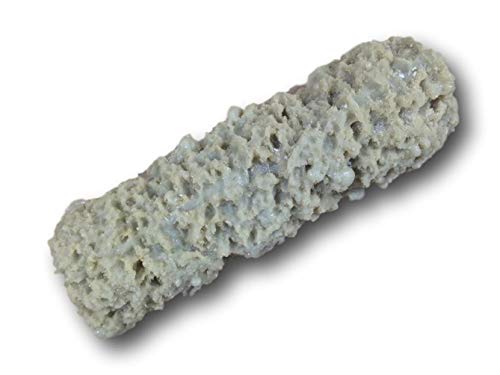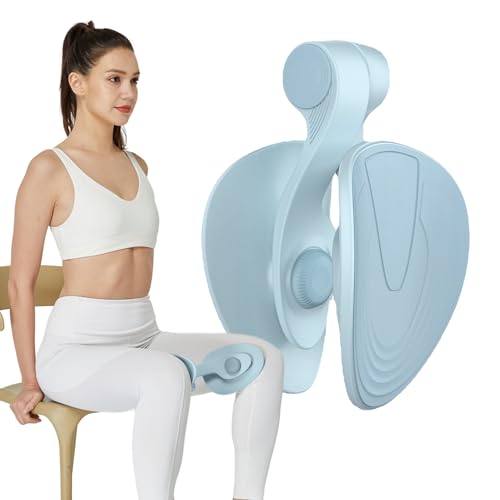I am very concerned, George, that your posts are unfairly frightening the OP into an inferior surgery choice. One that, remarkably, you yourself REVISED FROM to the DS.This reference says otherwise...and that it is the length of the Roux limb that is critical
houstonheartburn.com/severe-gerd-after-gastric-bypass-surgery/
"Severe GERD after Gastric Bypass Surgery
Roux-en-Y Gastric Bypass procedure is considered the gold standard treatment for GERD in obese patients. The creation of a small gastric pouch diverts most of the acid produced by the stomach away from the distal esophagus. The Roux limb mechanism effectively prevents bile reflux into the esophagus and promotes esophago-gastric emptying by creating a negative pressure system. Studies in dogs have shown that the Roux limb must be at least 30 cm in length to prevent bile reflux. Measuring the small intestine intra-operatively is not an accurate process since the intestine is continuously contracting and relaxing. Furthermore, there are no studies in humans about the optimal Roux limb length that is associated with bile reflux prevention. Most bariatric surgeons have adopted a 75 cm Roux limb length for gastric bypasses performed for weight loss. The majority of obese patients are reflux free following gastric bypass surgery...."
Re.. "Stick around, experience is enlightening."
Good advice..... for all
As previously noted, the OPs surgeon probably can only do the RNY because he/she does NOT perform the DS. This point cannot be ignored.
If the only tool you have is a hammer, every problem looks like a nail.
I do hope the OP gets a second opinion, or even travels for the surgery he needs.












































